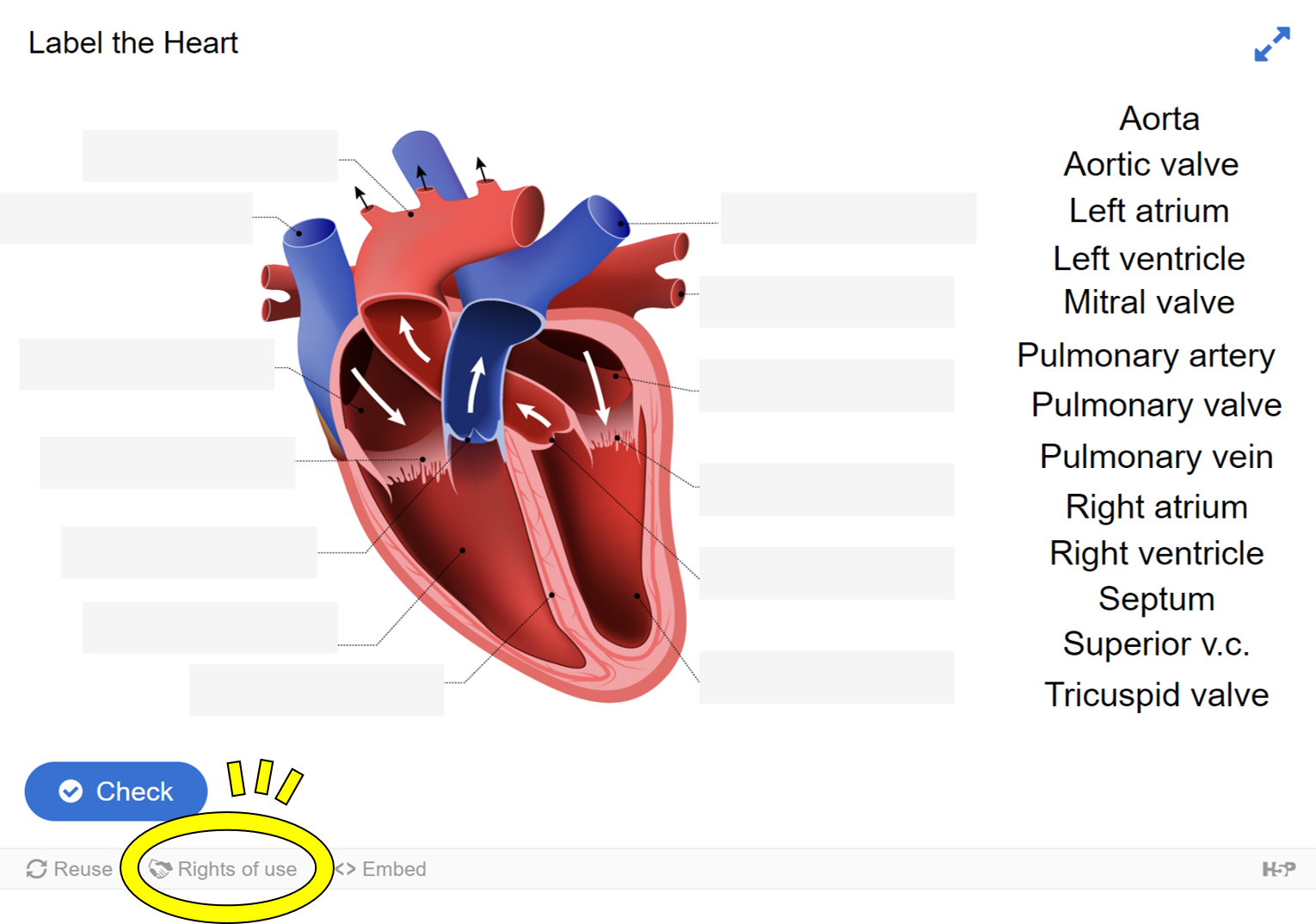Multimedia Attribution Examples
Introduction
This chapter addresses proper attribution for video, audio, and H5P. Before reading this entry, it is strongly recommended that you refer to the Images Attribution chapter as it addresses several issues not included in this chapter: where to place your attribution in the chapter; and how credit media has been altered; and most importantly, how to format attributions.
Video
Video Sharing Platform [YouTube, Vimeo]
YouTube videos are embedded by clicking “add media” at the top of the edit chapter window and selecting “Insert from URL”. Embedding a YouTube video is NOT infringing copyright as you are not duplicating it; however, make sure that the uploading account is the original author or copyright holder of the video. Proper attribution should include the title of the video, the account posting the video and source on link on YouTube. You do not have to state any license information as you are not copying or redistributing a video by simply embedding a link to a video shared on a video-sharing platform.
Examples
Figure 1.
Please note that for YouTube videos to be used as OER media, they must have transcripts available. Auto-generated captions may not suffice. Please ensure that the videos you select for educational purposes meet this requirement.
![]() To learn how to access the transcript for this video, see “YouTube transcript instructions (opens a new window)”
To learn how to access the transcript for this video, see “YouTube transcript instructions (opens a new window)”
Openly Licensed Videos
These videos are less commonly used in OERs due to two facts: 1) embedding YouTube videos is very easy and 2) most openly licensed videos are shared through these platforms; however not all are and it’s helpful to know how to properly credit these videos. It is important to acknowledge that the format of the content in addition to identify Title, Source, Author and License.
Please note that Pressbooks supports mov, avi, WMV and mp4 files. The maximum upload size for media files is 24MB.
Examples
Figure 2.
Note: The license links to the “About Visuals Online” for the National Cancer Institute where the terms of reuse for the images and photos are addressed. This is not necessary for public domain content but is crucial for maintaining academic integrity.
Figure 3.
Note: Free Image sites such as Pexels and Pixabay also provide free-to-use stock footage. You should approach attribution the same as you would when using images from such a site.
Please note that for YouTube videos to be used as OER media, they must have transcripts available. Auto-generated captions may not suffice. Please ensure that the videos you select for educational purposes meet this requirement.
![]() To learn how to access the transcript for this video, see “YouTube transcript instructions (opens a new window)”
To learn how to access the transcript for this video, see “YouTube transcript instructions (opens a new window)”
Audio
Music, podcasts and audiobooks are a great way to provide different ways of learning for students; however, we advise against embedding any audio streaming services like spotify or apple music. These services provide several barriers to access including: requirement of an account to access; geo-blocking; and, furthermore, are for personal, not educational use.
As an alternative, we recommend some solutions:
- Link directly to the podcast’s website
- Many podcasters and musicians post their content to YouTube, so embed those links
- Try community-sharing sites such as SoundCloud
- Find audio clips from free-to-use sites such as Pixabay or openly licensed search engines such as Openverse
You can embed some audio links using a URL in “add media” but not all sites are supported. Soundcloud and RadioPublic’s players are supported. Alternatively, you can just link out to the website hosting the audio.
Pressbooks support audio file formats Mp3, Midi, Mid and M4a.
Examples
Figure 4.
Note: If in doubt, link out! Ensure that the link includes descriptive information about the title, author and source of the content.
Figure 5.
Figure 6.
https://radiopublic.com/TheMoth/episodes
Note: “Courtesy of” tends to indicate the website, distributor, or source. It can be used in replacement of licence information but in this case, it just indicates that this embedded link is taken from Radio Public.
H5P
Unlike images, videos, and audio, H5P does not require explicit attribution, because that information is embedded into the file itself.
Finding H5P Licence information
Step 1.
At the bottom of the H5P activity you wish to reuse find the link “Rights of Reuse” and click it

Step 2.

Review the licensing information provided and use it according to those terms
Note: For information how to add or create your own H5P in pressbooks, as well as add H5P metadata, please refer to the annotated reference guide .

